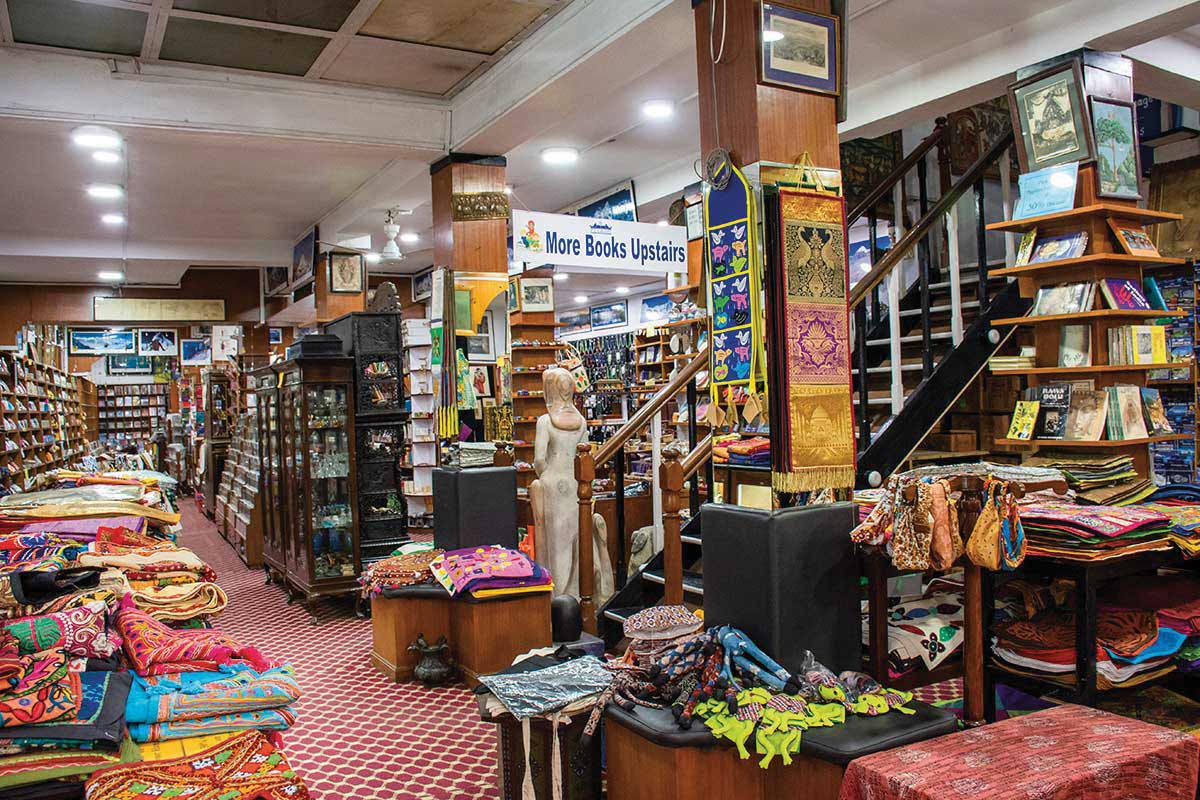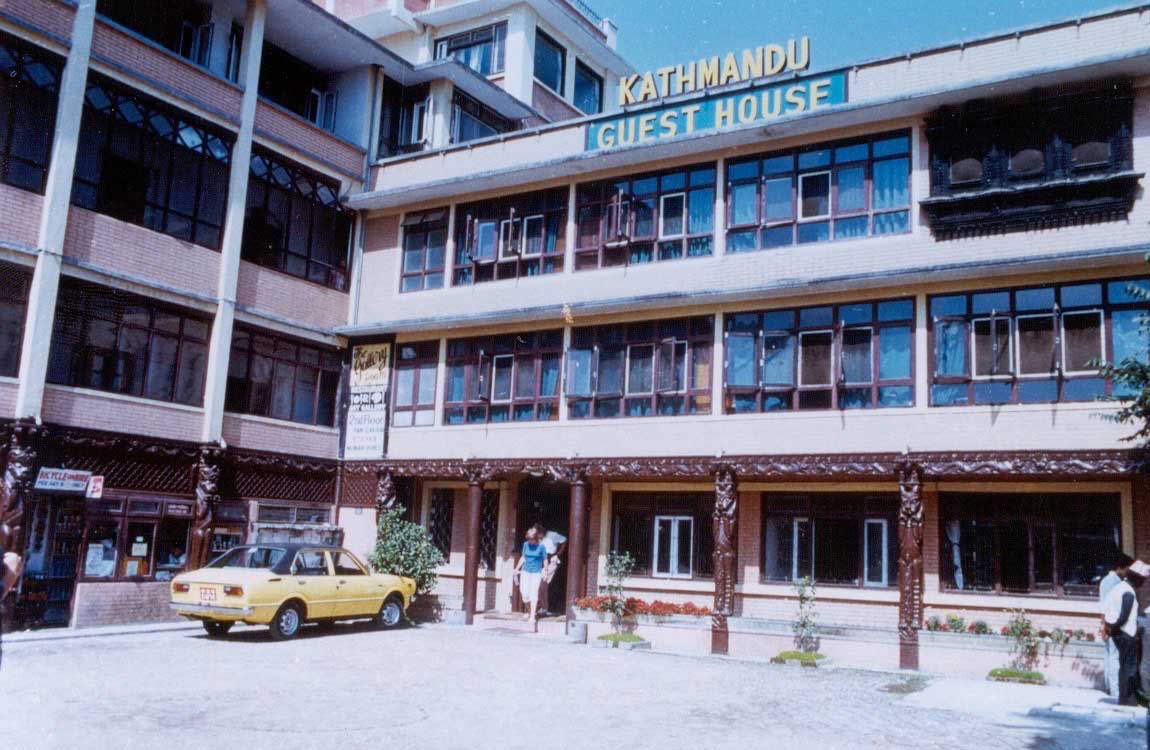 This year, the Kathmandu Guest House is celebrating its 50-year anniversary. In that time, it has grown into the KGH Group, which now runs properties around the country. KarnaSakya’s hard work and foresight over many years has built an organization that is both a historical mainstay and innovative front-runner in the country’s tourism industry—specifically, hospitality.
This year, the Kathmandu Guest House is celebrating its 50-year anniversary. In that time, it has grown into the KGH Group, which now runs properties around the country. KarnaSakya’s hard work and foresight over many years has built an organization that is both a historical mainstay and innovative front-runner in the country’s tourism industry—specifically, hospitality.
These days, KarnaSakya is retired from active business, turning his effort mostly towards his philanthropic projects. Over the years, his children and grandchildren have taken on more and more responsibilities, and are now at the helm of the KGH Group hotels. I was curious to meet with the younger element, the next generation. What are they involved with, and are their youth and ideas changing the organization and the way they do business? From what I could see, they had been given a remarkable degree of autonomy. There was only one way to find out, and on a recent bright morning, I sat down with them to find out how they plan to take this old name into a new future.
Each family member is responsible for different properties, and though they do combine sales and marketing activities, operationally, they are independent. I met with Amy Sakya, who looks after Park Village, and helps with Lumbini;TrishagniSakya, who takes care of Maya Manor and helps with the Pokhara properties; and SauravRajkarnikar, the son of a close friend-turned partner of KarnaSakya, who looks after the Pokhara side. Did the division of responsibility come about by assignment? Or personal interest perhaps?
“I think when we were on our growth phase, it was best to trust the family members to do the best they could for a particular property, and that’s how we’ve grown in the past. And, I think that, as many children as we’ve had [in the family], that’s how many hotels we’ve had. So!” Trishagni laughs as she replies. “We don’t really know whether children are part of the expansion policy, or the other way around, but that’s basically what ended up happening, and we stuck with that policy because it’s worked for us in the past.”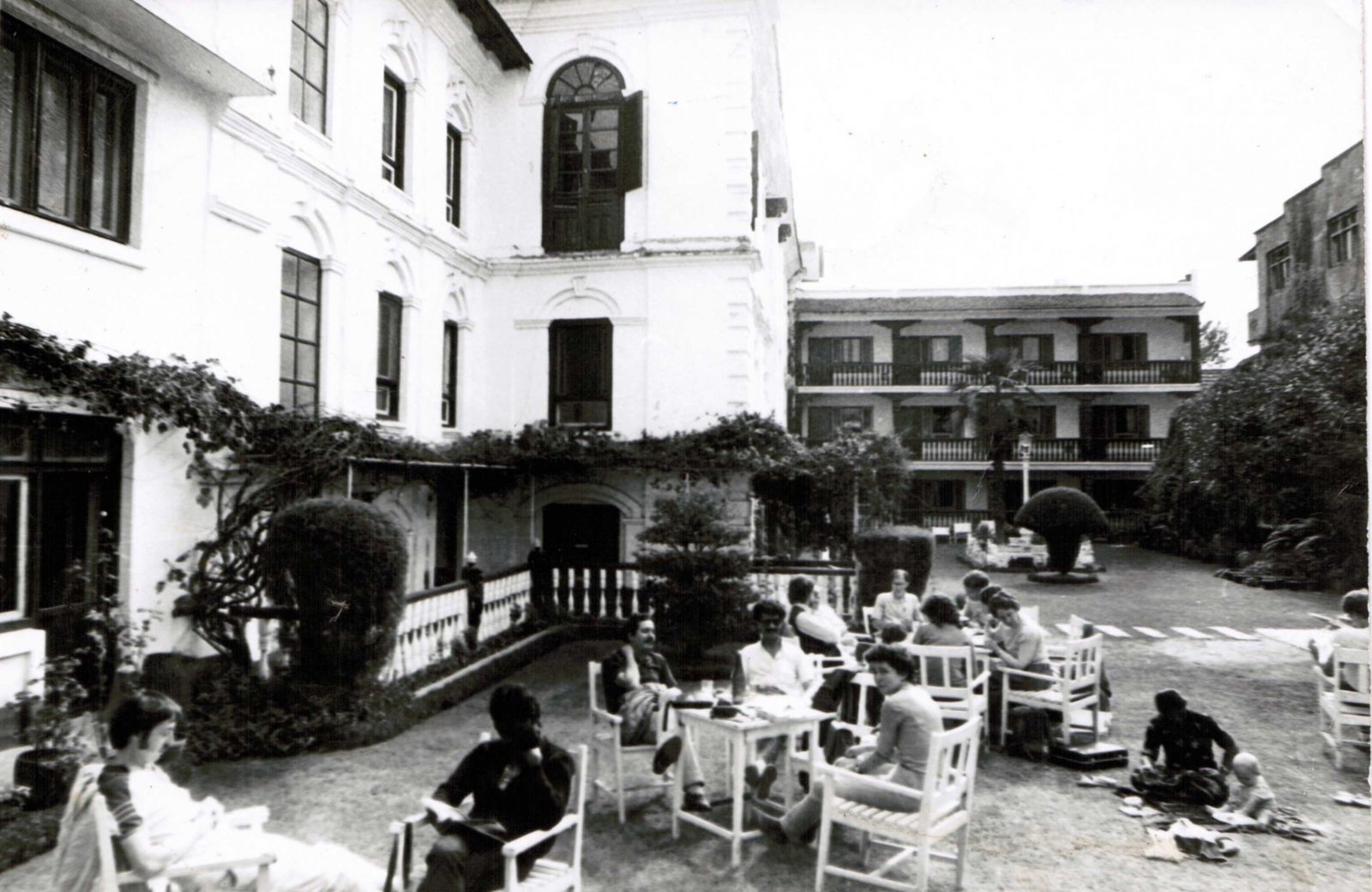
And work it certainly has, because from what I can see, they all seem to have a great working relationship, no small feat with that many people and properties. “I think the whole reason behind it is because, operationally, we’re not stepping on each other’s toes,” says Amy. “Also, in the beginning, my granddad pretty much established things: my uncle handles these properties, my dad will handle these, etc., so everyone has, like, their own property that they’re in charge of operationally. We do get the guidance, but it’s up to us to make the actual decisions.”
Saurav interjects here to explain, “And, the guidance is more on a brand level, in terms of how prominent do we want the KGH brand to be in all our properties. So, for example, operationally 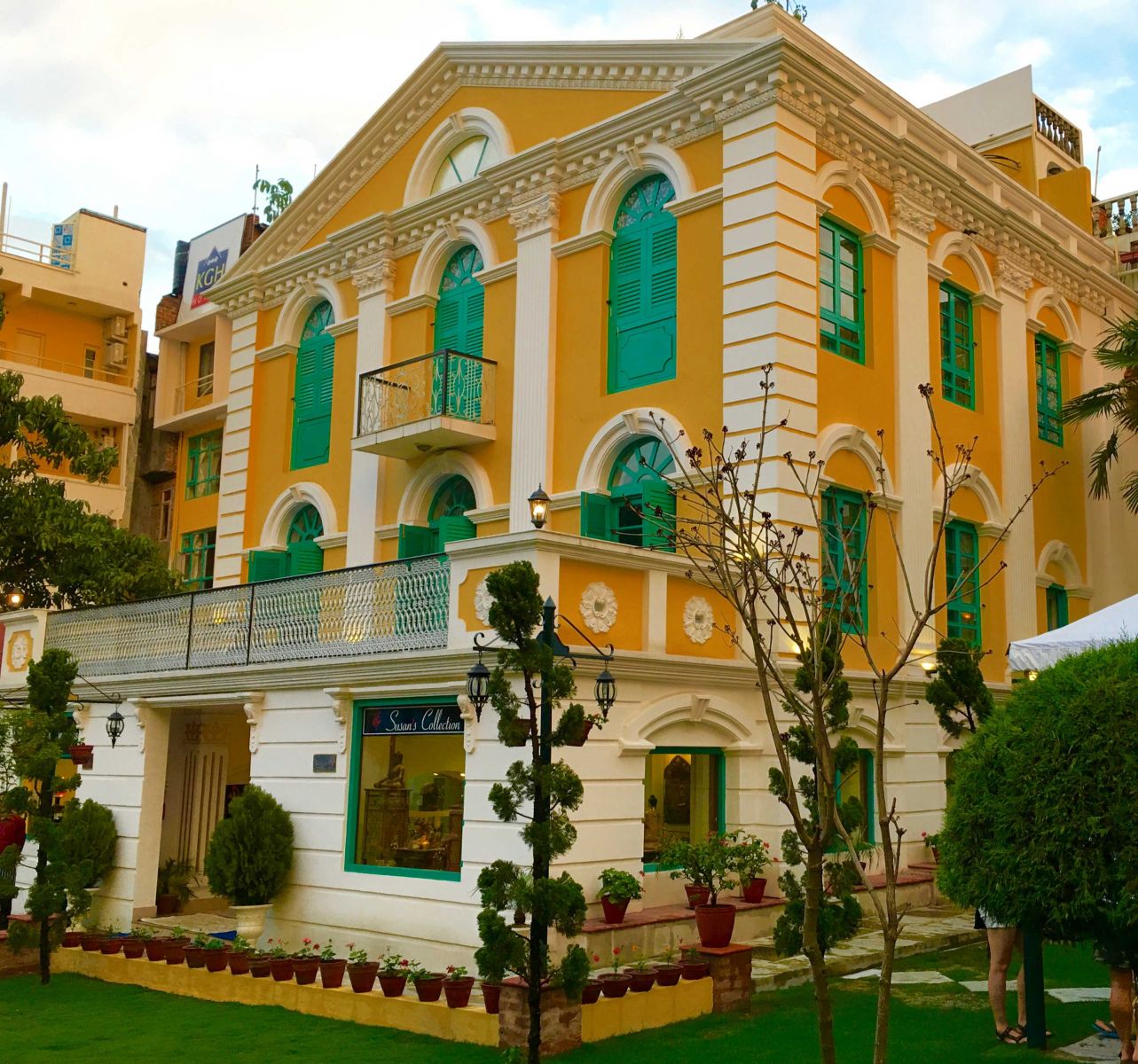 speaking, if Amy’s going to look at a certain amenity—let’s say, the bathroom lotion, right, then is that consistent with what we want to deliver across all our hotels?”
speaking, if Amy’s going to look at a certain amenity—let’s say, the bathroom lotion, right, then is that consistent with what we want to deliver across all our hotels?”
“Yes, a corporate procurement team where everything inside all the hotels is the same, the same logo, the fonts, so operationally we’re trying to get everything corporatized as well,” says Amy.
“It’s obviously a struggle, because this is the part where we’re trying to get everybody to agree on certain things, but I think that it has worked for us, the KGH brand has become stronger, I think in the past 20 or 30 years it’s become a lot stronger than it was, because we’ve had certain things that are similar amongst the seven properties,” Trishagni added.
I’m curious to know if all of the younger generation were always certain they were going to follow in the family business, or if any of them wanted to do something other than running hotels. Was it a given? The answer is pretty unanimously yes, they were always going to do this, though they came to it by different paths. Amy’s was more direct, studying hotel management in Switzerland, while Trishagni spent time studying economics and working in the U.S. before returning to Nepal. As the youngest of KarnaSakya’s children, she felt she had a little more leeway to try other things for a while before settling back in. But, they all seem content and confident in their roles at present.
My next question to the trio is how they feel their involvement, as younger people, has changed or contributed to the KGH brand; after all, the fact that they’re younger, with different experiences and different world views—because every generation does—might change things.
“We feel, like, the older generation was very strong in operations and in what they were doing. But, with the three of us in the picture, we’ve sort of broadened their perspective on what other things to do, what markets to look at, to change certain styles in marketing, for example,” Trishagni replied.
“And, I think on the operations side, we’re going more towards the corporate culture right now,” Amy adds. “Before, it was very much a family-run business, so we’re trying to, on our own levels, get the corporate culture in the operations, trying to make systems. We want to expand, and if we are personally involved, we can only look after one or two, so we want to work in such a way where we can expand a bit faster, so we don’t have to personally always be involved in ‘this flower is not right’ sort of thing. There isn’t any other way if you want to grow bigger.”
Can you really have a corporate culture in a family business, I wonder aloud?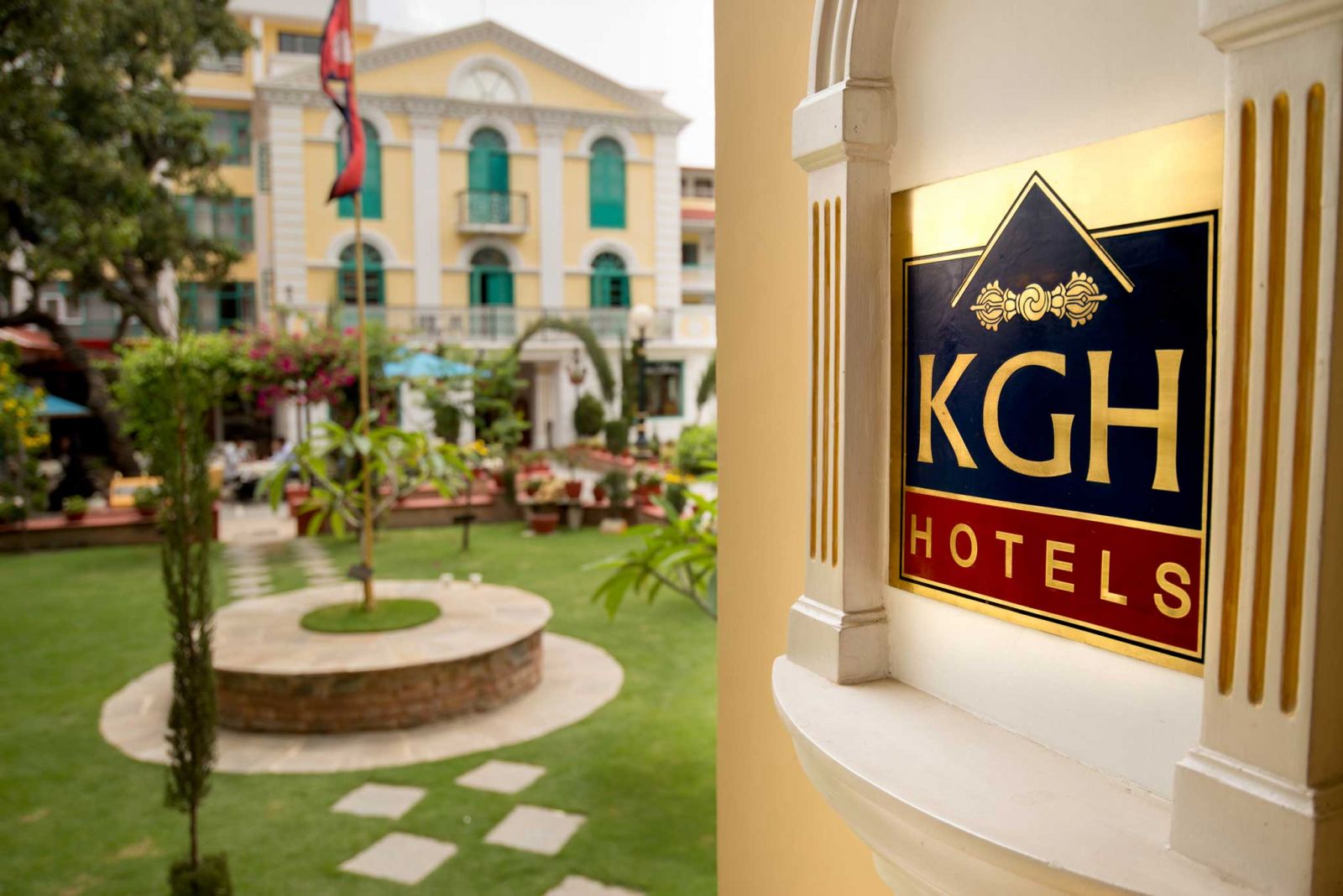
“It’s a struggle, but it’s something that we’re working towards. Whether we can or cannot, we don’t really know yet. At this point, we feel like we’re working towards it, and that’s the end goal. And, I think that the newer generation has been a lot more open, because we’re not set in our styles yet, we’re still very experimental with what works and what doesn’t, so we’re a lot more for the corporate culture and for corporatizing,” said Trishagni.
It’s unusual to hear businesspeople in Nepal discussing corporate culture, but the team here seems well versed and convinced that it’s the way forward. As Saurav says, “It’s part of the sustainable growth strategy, because we at KGH are trying to 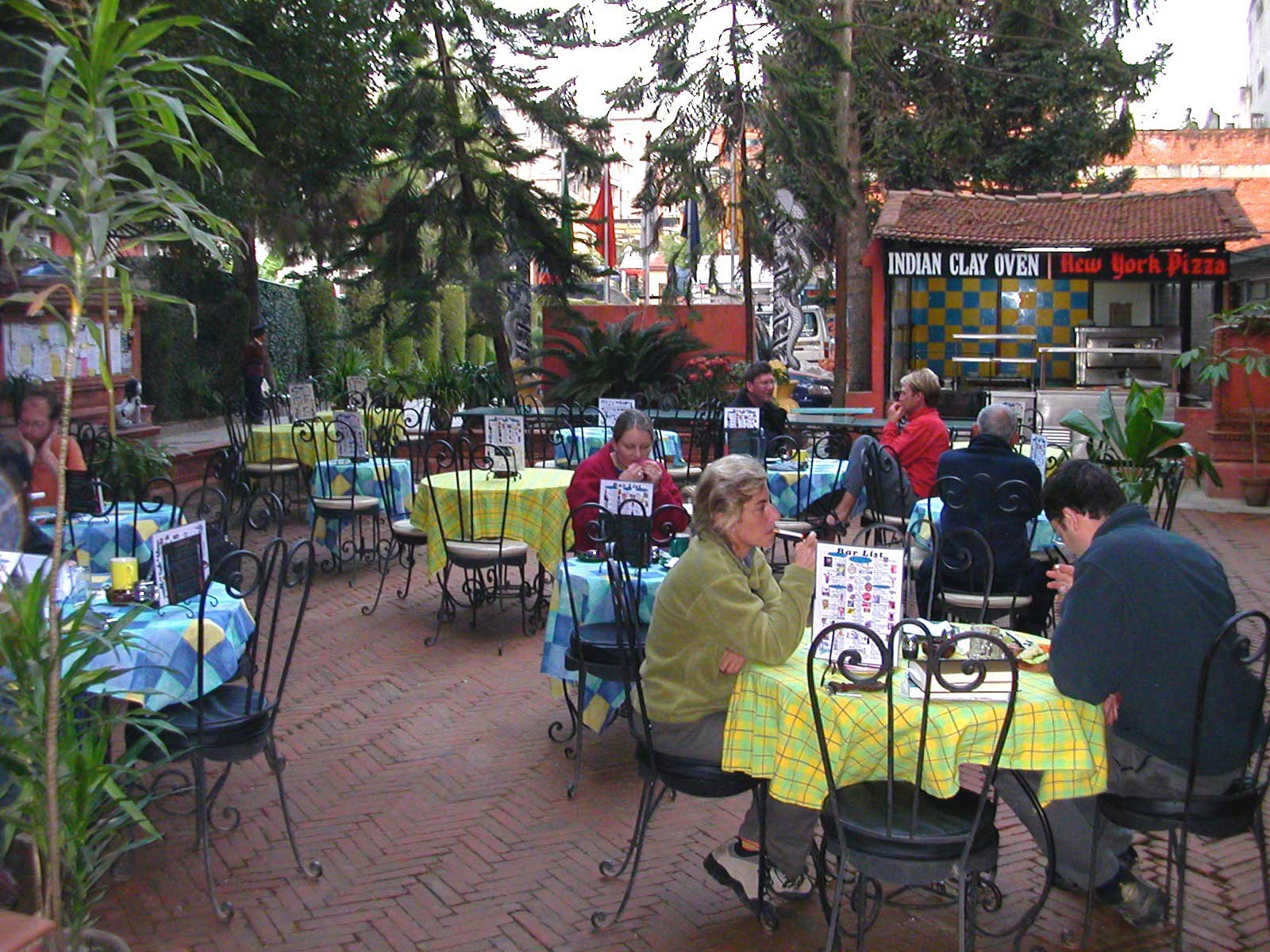 run the business in an ethical way, and in a way that tomorrow we could step back for a while, and the business would still run in an efficient way without us having to be involved in every step. So, to do that and to achieve these goals, I think we need to corporatize a lot of the operations.”
run the business in an ethical way, and in a way that tomorrow we could step back for a while, and the business would still run in an efficient way without us having to be involved in every step. So, to do that and to achieve these goals, I think we need to corporatize a lot of the operations.”
One thing for certain is that, this group is talking about a different way of doing things. Instead of just griping about the difficulty of retaining staff, a common problem, especially in the hospitality industry, they are talking about proactively recognizing talent, helping staff to grow their talent, and creating openings for growth across the various hotels in the KGH Group, so that people can feel motivated and advance their careers. As Saurav says, “We grow with them and they grow with us. It’s a hand-in-hand strategy.”
Saurav also explains another project they’re working on: “In April 2017, the KGH Group personally entered the Chinese market. Previously, we were getting business through third-party vendors, etc. and we went there for a travel fair and visited several cities, and wherever we went, we found that, digitally, there’s very little information about Nepal in China. So we developed a Chinese language app. So, when Chinese tourists come to Nepal, it’s easier for them to get around. We also started feeding a lot of information into Wechat about Nepal as a destination; not only the mountains, but also in terms of culture, the festivals that we have here, what else you can do other than Pokhara and Lumbini, etc., and we’ve been working with media houses in China, via the Nepal Tourism Board. I think now we are in a better position to sell Nepal in China than we were one year ago. So, I’d say that’s something notable we’ve done, helping to put Nepal on the digital map in China. Without selling the country, we cannot sell our hotels.”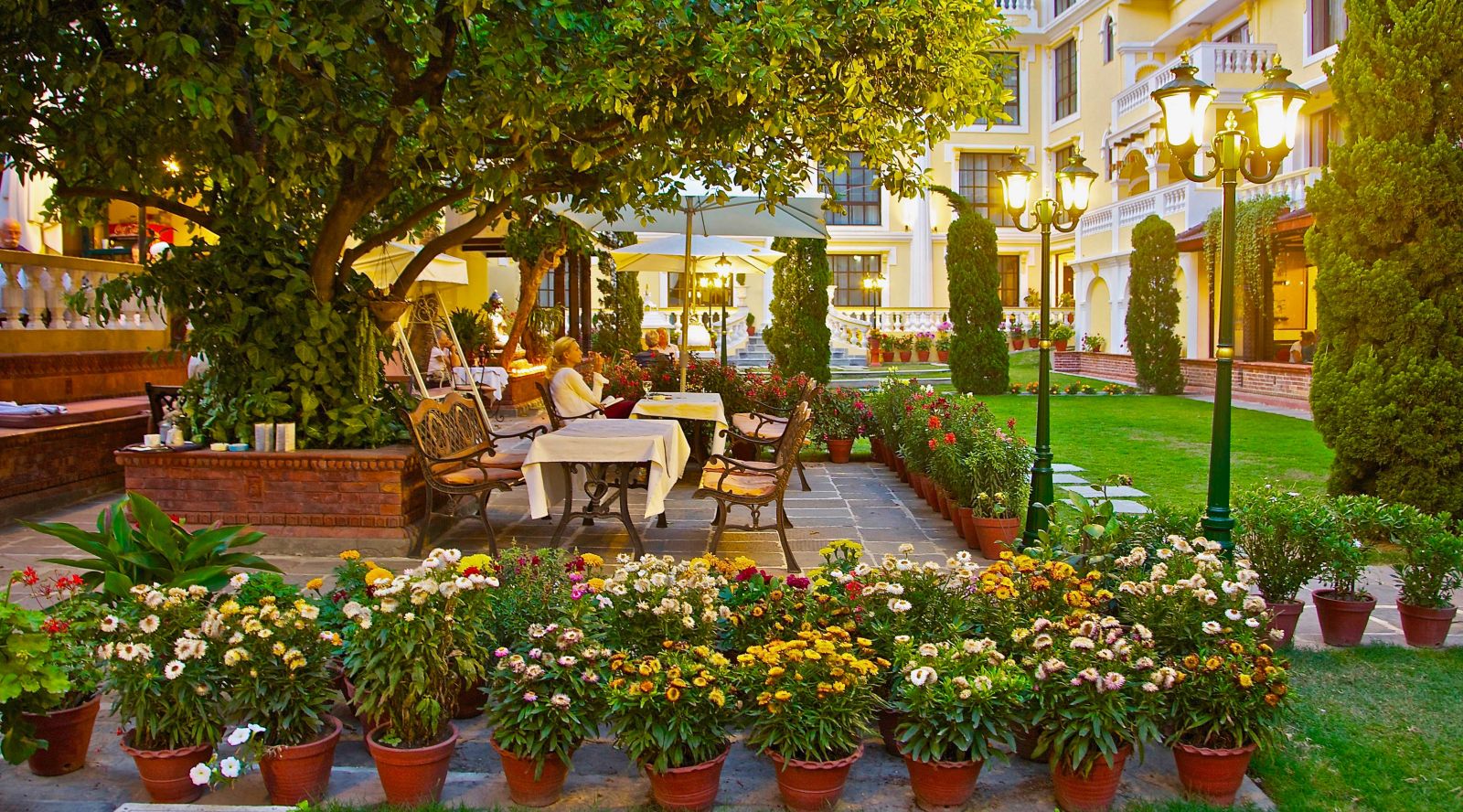
Another aspect the new generation say they have brought to the table is the concept of selling experiences and working to introduce the KGH brand to domestic tourists, particularly the younger market. From their annual Kathmandu to Pokhara motor rally to the well-received Friday night BBQ at Park Village, they have certainly tapped into the rise of domestic travel, and are seeking to promote events aimed at that market. They are not the cheapest, nor are they trying to be, but what they try to do concerns ethics and community and environmental consciousness. “Clients can rest assured that we are a responsible business,” they say, which has been borne out by the Best CSR Hotel award they just received, among others, from South Asian Travel Awards (SATA) on September 15, 2018.
My last question is about the future. They’ve mentioned it during the course of the conversation, referencing expansion, plans, and dreams. Where would they like to be, and what are they doing to get there?
Saurav answers, “We want to grow, but we want to grow organically, and introduce more destinations, not necessarily ones that are highlighted at the moment. A big part of our growth is building, and when we build in a new place, we have the opportunity to take the locals with us, and it gives opportunities for the people living in that area in terms of jobs and knowledge about tourism, and it’s not just about growing the hotel, it’s about growing the community and getting more people involved in tourism, because it’s a big part of Nepal.”
Amy also tells me about their new venture—The Residency, a hands-on education and training program in hospitality—where students get to not only study, but train in one of the KGH’s properties. It’s already begun at Park Village and will be expanded across the other hotels soon, giving students a chance to possibly move straight into a job with the KGH Group after training.
They’ve also opened up a CSR foundation; philanthropy, of course, is not new for the family, and is something KarnaSakya is well known for, with the younger generation having inherited this outward-looking focus, too; but this is more official. Before, it was on a personal level, but now, the hotels all contribute from their sales towards the group objectives. “We are still focusing on the legacy of KarnaSakya, we want to continue the work that he’s done with cancer. For example, now we sponsor the national cancer hotline for Nepal Cancer Relief Society,” says Saurav. “While trying to grow, we are trying to still keeping the legacy alive—‘how did we get here’—it’s important for us, not how much did we make, but how did we make it.”
The group speaks affectionately of KarnaSakyaand the mentorship he provides and how they’ve all learned from his business acumen. They still seek his guidance on key matters, though he’s no longer involved in day-to-day operations. After all, as Trishagni says, it is his vision that got them here, and in any activity to do with creating new things, he’s still involved. “What we value about him in particular is that, he’s got a certain vision that we feel very few people have.”



